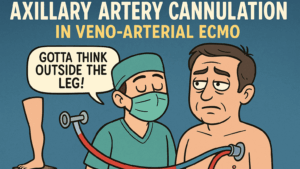The Evolut Low Risk trial, a landmark study in cardiovascular medicine, evaluates 5-year outcomes of transcatheter aortic valve replacement (TAVR) versus surgical aortic valve replacement (SAVR) in low-risk patients with severe aortic stenosis. With the expanding use of TAVR across all surgical risk profiles, this research provides critical mid-term evidence on the safety, efficacy, and durability of TAVR compared to traditional surgery.
Study Design and Population
Conducted across 86 global sites, this randomized, prospective trial included 1,414 patients who underwent attempted valve implantation (730 TAVR, 684 surgery). The average age was 74, with women making up 35% of the cohort. All participants had severe trileaflet aortic stenosis and were deemed low-risk surgical candidates, defined by a predicted operative mortality of less than 3%.
Patients were randomized to receive either a self-expanding supra-annular transcatheter valve (Evolut) or a surgical bioprosthetic valve. Primary endpoints included all-cause mortality or disabling stroke, while secondary endpoints evaluated valve hemodynamics, reintervention, quality of life, and procedural complications over 5 years.
Key Results
At 5 years, TAVR and surgery produced similar rates of all-cause mortality or disabling stroke (15.5% vs. 16.4%, P=0.47). Mortality alone was also comparable (13.5% for TAVR, 14.9% for surgery). Disabling stroke occurred in 3.6% of TAVR patients and 4.0% of surgery patients.
Other notable outcomes include:
- Cardiovascular mortality: 7.2% (TAVR) vs. 9.3% (surgery)
- Non-cardiovascular mortality: 6.8% (TAVR) vs. 6.2% (surgery)
- Valve reintervention: 3.3% (TAVR) vs. 2.5% (surgery)
- Permanent pacemaker implantation (PPI): 27.0% (TAVR) vs. 11.3% (surgery)
- Atrial fibrillation: 16.3% (TAVR) vs. 41.2% (surgery)
Despite a higher pacemaker implantation rate in the TAVR group, the quality-of-life outcomes were similar, with Kansas City Cardiomyopathy Questionnaire (KCCQ) scores averaging 88.3 (TAVR) and 88.5 (surgery), suggesting sustained symptomatic improvement in both arms.
Valve Hemodynamics and Durability
TAVR showed superior hemodynamic performance:
- Lower mean valve gradient: 10.7 mm Hg (TAVR) vs. 12.8 mm Hg (surgery)
- Larger effective orifice area: 2.1 cm² (TAVR) vs. 1.9 cm² (surgery)
However, mild paravalvular regurgitation (PVL) was more frequent in the TAVR group (14.7% vs. 0.5% in surgery), although it rarely progressed and was not associated with increased mortality. Notably, valve thrombosis and endocarditis were rare in both groups.
Safety and Reintervention
The trial confirmed low rates of valve-related complications. Rates of myocardial infarction, stroke, and valve thrombosis were low and similar between groups. Surgical reintervention, when required, did not differ significantly in outcomes, regardless of initial procedure type.
Clinical Implications
This study reinforces TAVR as a durable and safe option for low-risk patients, matching surgical outcomes in mortality and major adverse events. TAVR also offers favorable hemodynamics and reduced atrial fibrillation, though the higher need for pacemaker implantation and PVL incidence must be weighed during clinical decision-making.
Importantly, the findings support the 2020 ACC/AHA guidelines, which favor TAVR in older patients (age >80) and endorse a shared decision-making approach in those aged 65–80. This 5-year data adds to the growing body of evidence that supra-annular self-expanding valves maintain excellent performance over time.
Study Strengths and Limitations
Strengths include the large, randomized design and comprehensive follow-up. However, limitations include some patient loss to follow-up and evolving procedural techniques since enrollment. Notably, newer iterations of TAVR devices have shown reduced pacemaker rates, suggesting that present-day outcomes may be even more favorable.
Patients will continue to be followed for 10 years, offering additional insights into long-term valve durability and outcomes.
Conclusion
In conclusion, the Evolut Low Risk trial’s 5-year results affirm that TAVR is noninferior to surgery for low-risk patients, with comparable survival, sustained valve function, and improved quality of life. These findings bolster TAVR’s position as a mainstay therapy for aortic stenosis in appropriately selected low-risk patients.







